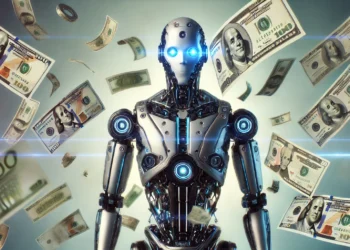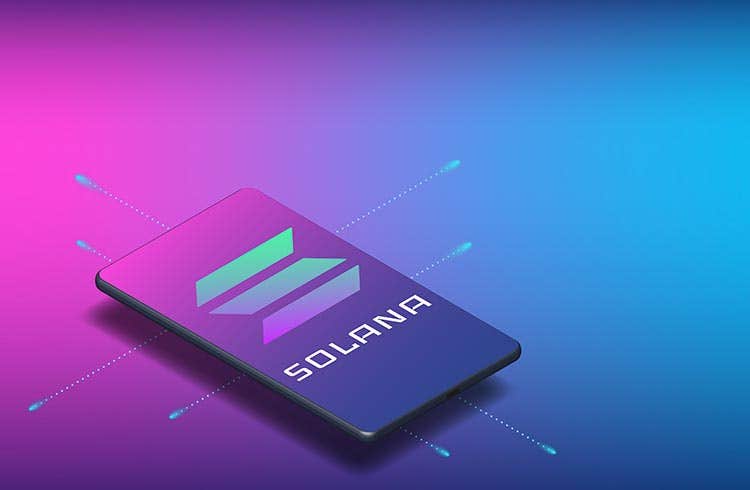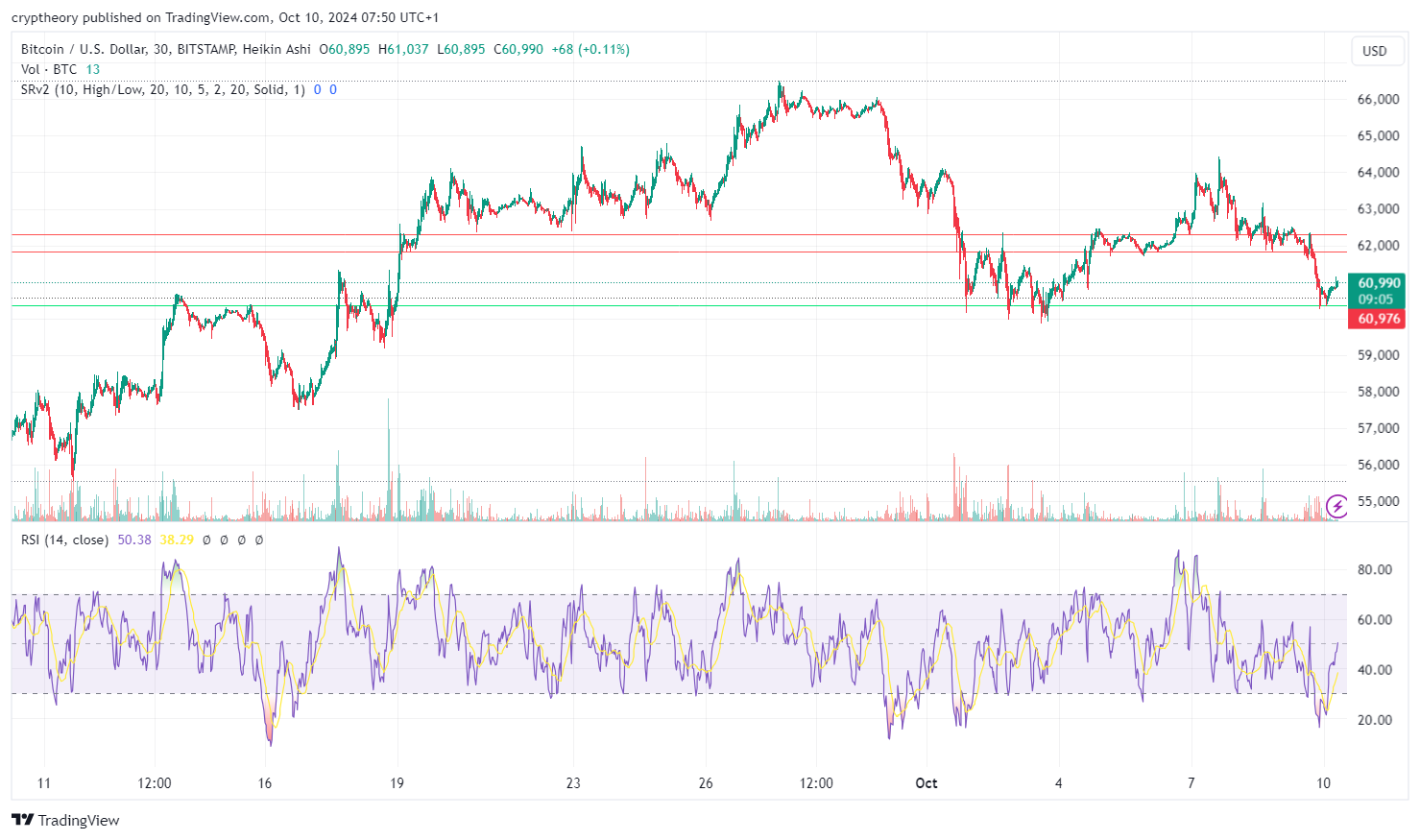Table of Contents
There was a time when creating art was limited to those who had the skills – or who thought they had them.
But now anyone can create inspirational music, artwork that can be hung on the wall, or even a highly detailed weapon pack for a computer game.
And all of this is possible with a simple typing in a text field.
The following is about the growing, colorful world of generative AI art.
What is Generative AI Art?
Any time artificial intelligence (AI) creates something by itself, it can be referred to as generative AI. When AI is challenged to create art, AI generative art emerges in all its forms, including visual art, poetry, prose, animation, music, video, and interactive installations.
Since its inception, generative AI art has become increasingly sophisticated: the result is indistinguishable from human art creation.
In most examples, you provide a starting point (a prompt, an image, a style). The artificial intelligence does the rest and creates a fascinating work.
Thus, in drawing a bouquet, a model learns the shapes, colors, shades, and intricate designs of different flowers and bouquets before setting to work.
Generative AI art, however, can design works differently than a human imagines them.
The default and the result may not match because highly complex algorithms are used to generate the art, which may produce something richer than the original prompt intended.
While the quality of art is another matter, dynamic generative art has led to one result: it has made art-making more accessible, especially to non-artists who still want to express their thoughts and feelings.
And now it’s making itself felt in the arts, media and entertainment industries as well.
The impact is being felt everywhere, from artworks on the internet to strikes in Hollywood over the potential of AI in scriptwriting.
However, the use of generative AI has limitations, and it may be a long time before it can seriously take on the role of CGI (computer-generated imagery) artists and screenwriters.
In this in-between realm, dynamic generative art has multiple use cases. Its consequences can be observed in many sectors.
Use cases of generative AI art
AI can generate unique and complex characters, landscapes and objects such as cars or weapons – in a short time and with good quality.
AI will already in popular games How FIFA 22 (machine learning), Red Dead Redemption 2 (NPC interactions) and Middle Earth: Shadow of Mordor (also NPC interactions) used.
AI can be used to create original and elaborate backgrounds, landscapes, characters and scenes in films and animations.
Adobe After Effects a popular special effects software, for example, uses a function called Content Aware Fillan AI-driven feature for removing unwanted objects in movies or animations.
Fashion designers create designs that are themed and unique. Let’s take e.g. For example, a fashion designer creating a garment based on a Victorian-era pattern.
Generative models can then absorb the data to create their own thematic versions.
For example, the German fashion design platforms Zalando and Google using AI Project Muze fashion designs created.
If you feed the generative AI models with data about existing music, they can quickly learn from the patterns and generate unique results.
So with AI you can produce songs or sounds that are very similar to famous artists.
An example of this is the track from Savages called AllttA. It consists of the music of the French producer 20 syl and the American Rapper’s Mr. J Medeiros.
Similarly were oasis-Followers with a fan-made AI-generated work the “album lost in the 90s”, spoiled.
Is this a democratization of art?
Before AI, art and entertainment belonged exclusively to artists in the form of painters, musicians and the like. These skills were not accessible to people outside of the art, fashion and entertainment industries.
But now AI has opened the door for anyone who can dream up a task. Now, complex works of art can be created with a few words or descriptions.
But dynamic generative art also has its limitations.
Missing control
You don’t have precise control over what is produced. Generative AI art is driven by complex algorithms of generative art models and can annoyingly produce random results that don’t live up to expectations.
Similar to a lottery: you input something, but the algorithm produces something completely different than what was previously presented.
Human artists don’t have that problem – they know (often) which direction they’re going.
Missing explanations
If you’re not sure what AI generative art will produce based on the inputs, how can you explain the meaning of the work to someone?
Art is a multifaceted creation that hides a deeper meaning. An artist can create an image that depicts a range of emotions, feelings, and themes.
He himself can decide how to explain the picture to his audience. You can expect the same from a program.
Reproducibility
Generative AI art can be extremely difficult to reproduce, even using the same specifications or information.
The algorithms can be extremely (annoyingly?) random. It can be extremely complicated to reproduce the same patterns.
Conclusion
Generative AI art is transforming the media, arts and entertainment industries. However, it has reached its limits in terms of reproducibility and reliability.
While the rapid generation of images, videos and audio files may be exciting, there are currently serious limitations.
And (we like to think) whatever advances AI makes, the human brain is still miles ahead of it in terms of thinking, creativity, and complexity.
Crypto exchanges with the lowest fees 2023






















